Exotic, vibrant, and packed with nutrients, dragon fruit has rapidly gained popularity around the world. Also known as pitaya or pitahaya, this colorful fruit isn’t just loved for its striking appearance but also for its wealth of health benefits — being rich in antioxidants, fiber, and vitamin C. Today, it’s a staple in health stores, supermarkets, juice bars, and gourmet restaurants globally.
But when it comes to exporting this tropical delicacy, one country stands head and shoulders above the rest: Vietnam.
In this article, we’ll explore why Vietnam is the world’s largest dragon fruit exporter, the dynamics of the global dragon fruit trade, key export markets, challenges, and the future outlook for this fast-growing industry.
An Overview of Global Dragon Fruit Trade
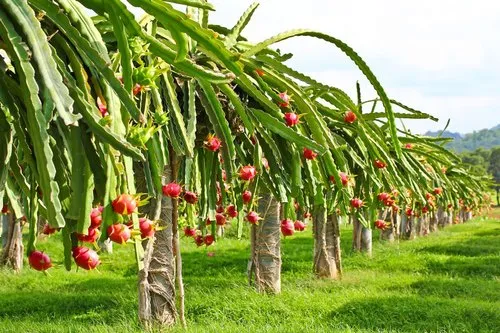
Dragon fruit is native to Central America but has found perfect growing conditions in many tropical and subtropical regions, especially in Asia and Latin America. Over the past two decades, global production and consumption have surged due to rising demand for exotic fruits and health-conscious diets.
Global dragon fruit production is now estimated at over 1 million metric tons annually, with the bulk of it produced and consumed in Asia.
However, while several countries grow dragon fruit, only a few have built significant export industries. Of them, Vietnam leads the global export market by a considerable margin.
Vietnam: The World’s Largest Dragon Fruit Exporter
Export Statistics
Vietnam has consistently been the number one exporter of dragon fruit globally, accounting for approximately 50–60% of total global exports in recent years.
- In 2023, Vietnam exported over 600,000 metric tons of dragon fruit.
- The export value surpassed USD 600 million.
- It exports both fresh dragon fruit and value-added products like frozen dragon fruit, dried slices, juices, and concentrates.
The bulk of Vietnam’s exports are of the white-fleshed (Hylocereus undatus) and red-fleshed (Hylocereus costaricensis) varieties, which are highly favored in Asian and international markets.
Why Vietnam Leads the Market

Ideal Climate and Growing Conditions
Vietnam’s tropical climate, especially in provinces like Bình Thuận, Long An, and Tiền Giang, provides perfect conditions for cultivating dragon fruit nearly year-round.
Advanced Farming and Post-Harvest Technology
Farmers in Vietnam use efficient trellis systems, night lighting (to induce off-season flowering), and advanced irrigation methods, enabling them to meet international quality standards.
Proximity to Major Import Markets
Vietnam enjoys logistical advantages due to its close proximity to China, the world’s largest consumer of dragon fruit. It also has favorable shipping routes to other major markets like Malaysia, Thailand, Singapore, South Korea, Japan, the Middle East, and Europe.
Strong Export Infrastructure
The country has invested heavily in packaging, cold chain logistics, and certification facilities that comply with strict phytosanitary and food safety standards imposed by importing countries.
Diversified Product Portfolio
Vietnam doesn’t only export fresh fruit. The nation also processes dragon fruit into:
- Juice and beverages
- Frozen dragon fruit cubes
- Dried dragon fruit snacks
- Pulp for smoothies and desserts
This product diversification increases export value and shelf life.
Other Notable Dragon Fruit Exporters
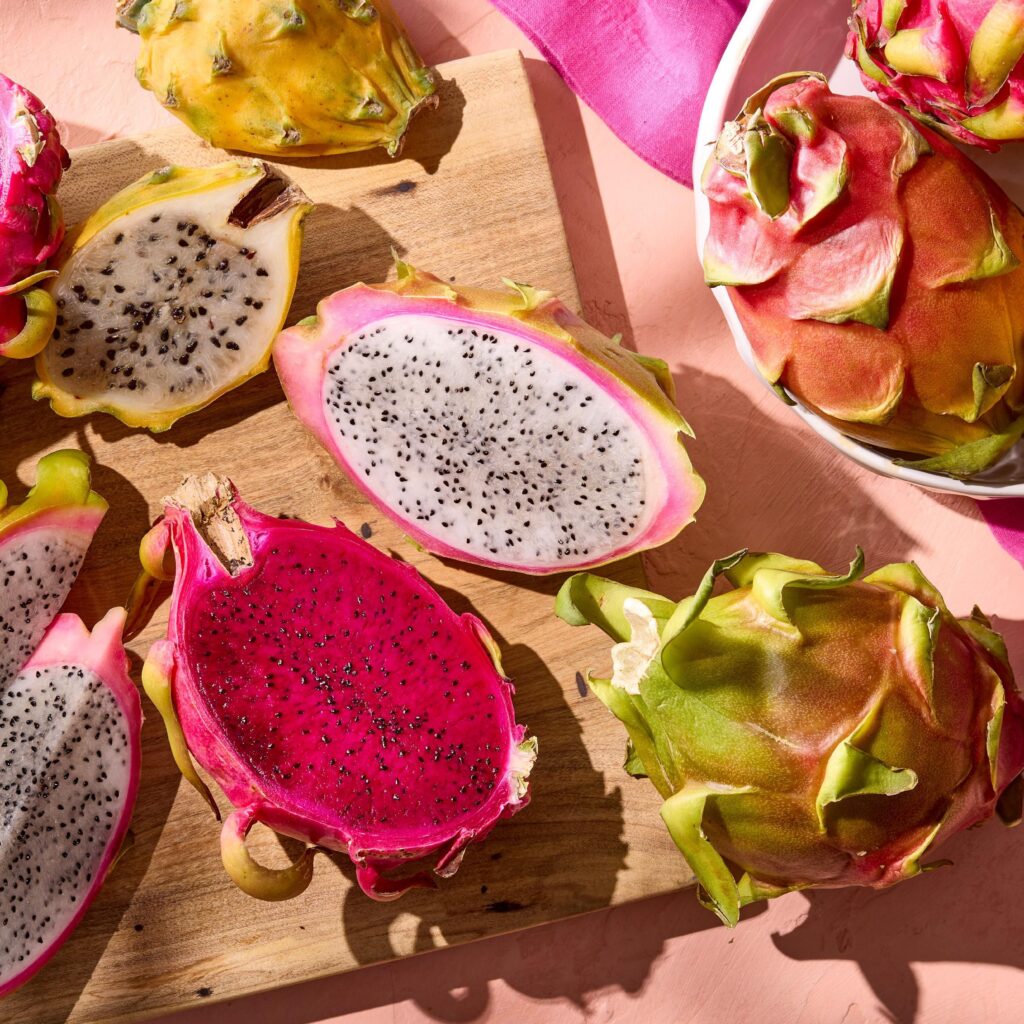
Although Vietnam dominates, several countries also play significant roles in the international dragon fruit trade:
| Country | Approximate Annual Export Volume | Main Export Markets |
|---|---|---|
| Thailand | ~120,000–150,000 metric tons | China, Japan, Europe, Middle East |
| China | ~100,000–120,000 metric tons | Regional neighbors, U.S., EU |
| Colombia | ~25,000 metric tons | U.S., Canada, Netherlands, Germany |
| Ecuador | ~20,000 metric tons | U.S., Europe |
| Israel, Nicaragua, Malaysia, Philippines | Smaller quantities | Niche markets in U.S. & EU |
Key Export Markets for Dragon Fruit
China remains the largest importer, accounting for nearly 70% of Vietnam’s dragon fruit exports. However, Vietnam has increasingly diversified its markets to reduce dependency on a single buyer.
Top importers of dragon fruit include:
- China
- Malaysia
- Thailand
- Indonesia
- India
- United States
- Japan
- United Arab Emirates
- Netherlands
- France
Rising demand in Europe, North America, and the Middle East has been driven by growing health awareness and the popularity of exotic fruits in culinary, health, and lifestyle markets.
Global Export Trends and Insights
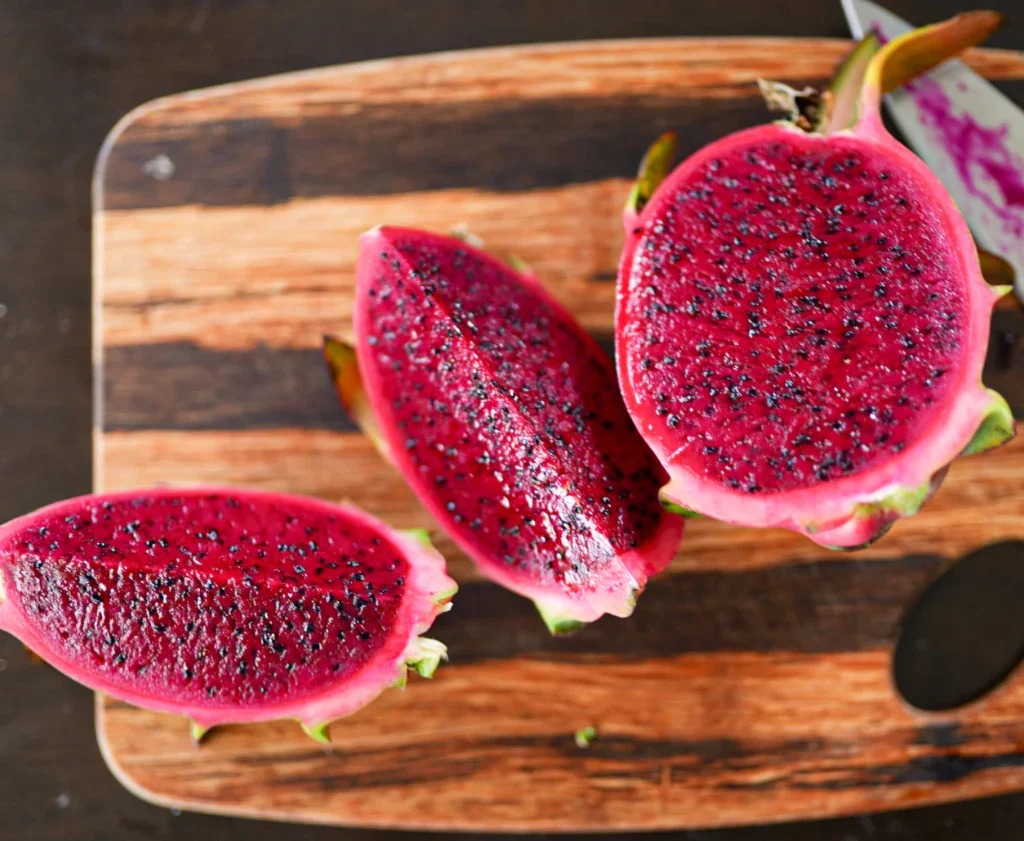
- Fresh dragon fruit remains the top export category, but value-added products like dried slices, juices, and dragon fruit-infused health drinks are experiencing rapid growth.
- Red-fleshed and yellow-skinned varieties are increasingly popular in premium and organic markets.
- Countries like Colombia, Ecuador, and Israel are carving out niche markets in Europe and North America for high-quality, organic, or specialty varieties.
- Online retail and supermarket chains have made exotic fruits like dragon fruit more accessible in non-tropical regions.
Challenges in the Dragon Fruit Export Business
Despite its rapid growth, the global dragon fruit trade faces several challenges:
- Perishability: Fresh dragon fruit has a relatively short shelf life, making cold chain logistics essential for long-distance export.
- Pest and Disease Risks: Susceptibility to fruit flies, fungal infections, and weather-related diseases can threaten yields.
- Trade Barriers and Quality Regulations: Exporters must navigate strict phytosanitary, labeling, and food safety regulations imposed by importing countries.
- Climate Change: Increasingly unpredictable weather patterns, droughts, and flooding can disrupt production cycles.
The Future of Dragon Fruit Exports

The global dragon fruit market is projected to grow at a compound annual growth rate (CAGR) of 5–7% through 2030, driven by:
- Rising consumer awareness of health benefits
- Increasing demand for exotic fruits in culinary and wellness sectors
- Growth of premium organic fruit markets in Europe and North America
- Expansion of value-added products like dragon fruit smoothies, teas, and desserts
Vietnam is expected to maintain its leadership position in this expanding market, though emerging exporters like Colombia, Ecuador, and Israel will likely claim niche and regional markets.
Final Verdict
To summarize:
Which country is the largest dragon fruit exporter in the world?
The clear answer is Vietnam.
With its advantageous climate, extensive cultivation areas, efficient logistics, and diverse product portfolio, Vietnam accounts for over 50% of global dragon fruit exports and remains the top supplier to major markets worldwide.

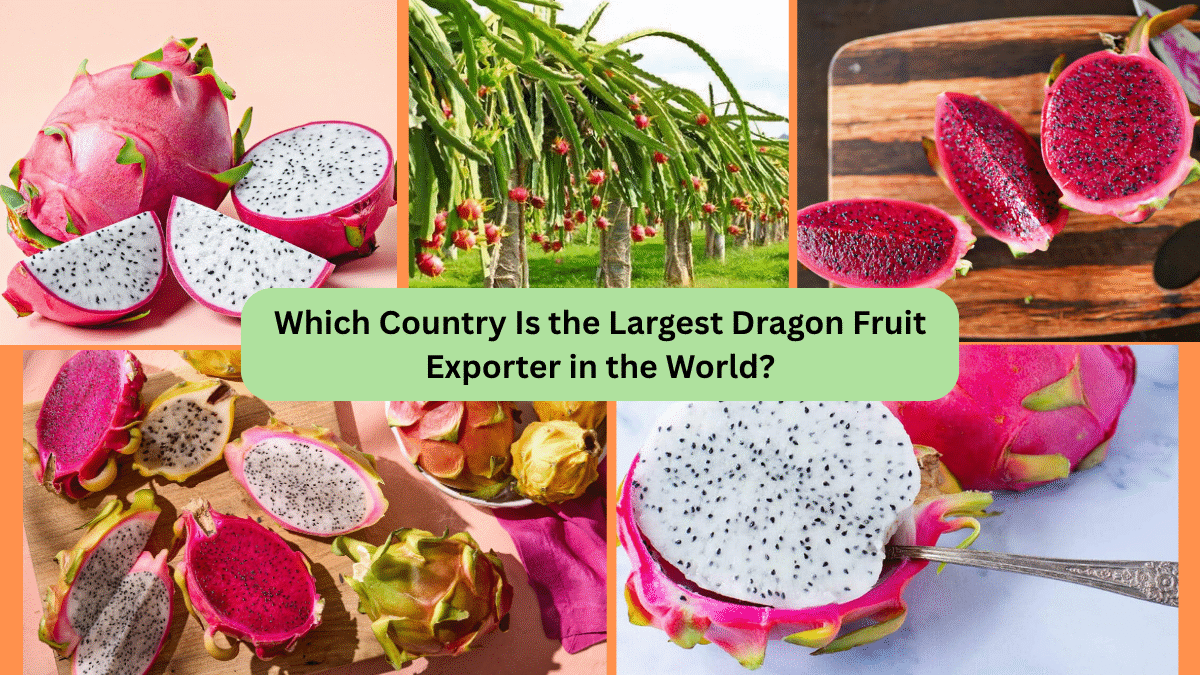


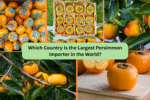
Leave A Comment